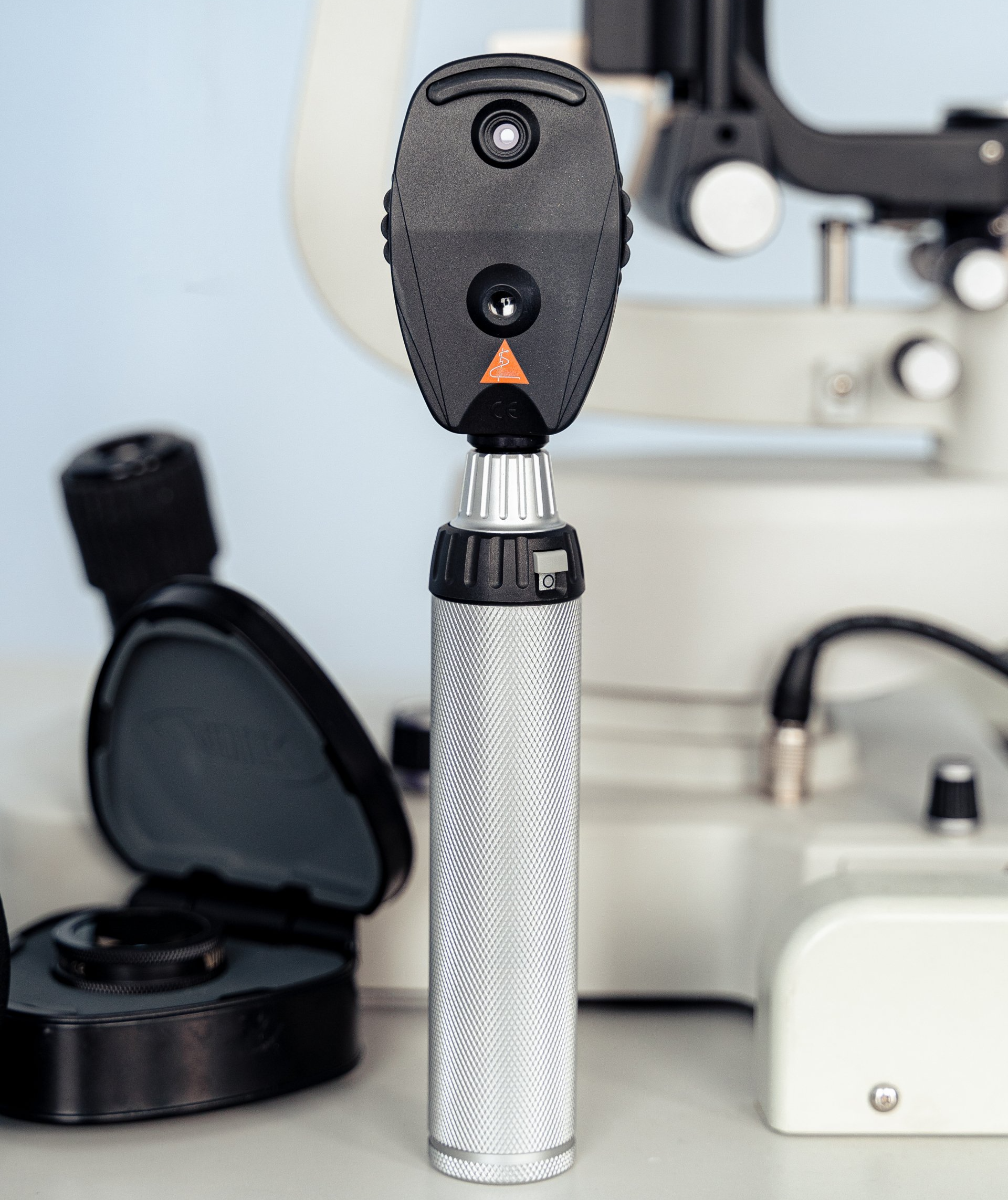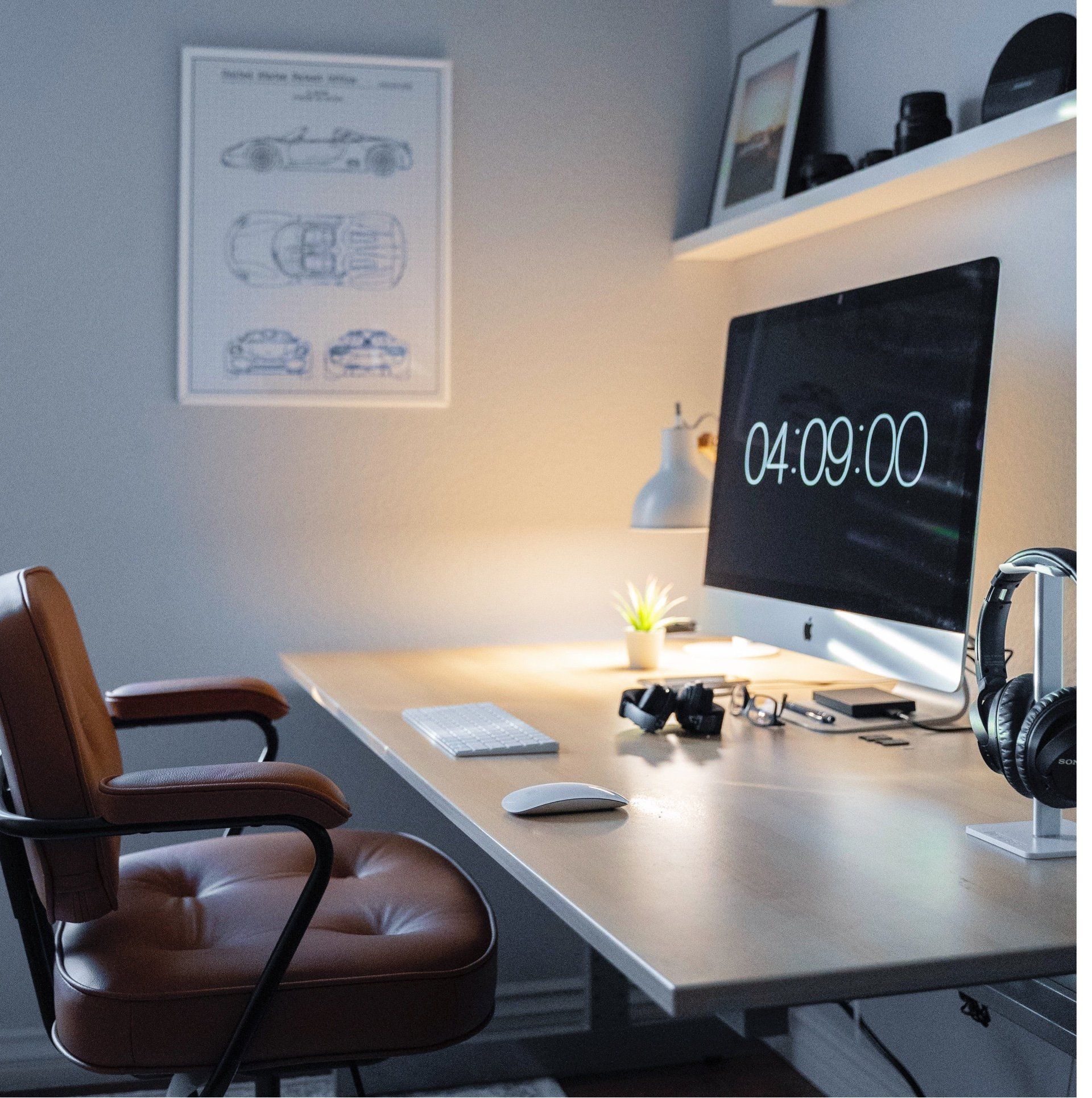What to Know About Binocular Indirect Ophthalmoscopes

An indirect ophthalmoscope is a device used by healthcare professionals to view the interior of the eye. There are three main types of indirect ophthalmoscopes: binocular, monocular, and portable. While indirect ophthalmoscopes come in different forms, they all have the same basic components: an eyepiece, condensing lens, light source, and power supply. Some binocular indirect ophthalmoscopes also include a camera or video component.
The binocular indirect ophthalmoscope is the most common type. It has two eyepieces, which allow the healthcare professional to see the eye from two different angles. This type of ophthalmoscope is best for examining the retina and other structures at the back of the eye.
How Does a Binocular Indirect Ophthalmoscope Work?
The binocular indirect ophthalmoscope works by shining a light into the eye and then magnifying the image of the retina that is reflected. For the best images, the patient’s pupils must be fully dilated. This allows the examiner to see small details that would otherwise be invisible to the naked eye such as retinal tears, holes, and detachments.
Tips for Using a Binocular Indirect Ophthalmoscope
When using a binocular indirect ophthalmoscope, it is important to keep the following in mind:
- The instrument should be fitted properly to ensure a good image.
- The examiner’s head should be in a neutral position, with the eyes looking straight ahead.
- The pupils should be fully dilated with eye drops.
- The object being examined should be at the center of the field of view.
- Movements should be kept to a minimum to avoid blurring the image.
- Don’t get too close to the lens or the light won’t be properly focused.
Benefits of Using a Binocular Indirect Ophthalmoscope
Binocular indirect ophthalmoscopes offer several benefits over other types of ophthalmoscopes, including:
- Greater magnification (2x to 5x)
- Stereoscopic vision for better diagnosis
- Ability to view a wider range of the fundus
- Can be safely used in operating rooms without risk of contamination
Choosing The Right Equipment
When choosing a binocular indirect ophthalmoscope, it is important to consider the following factors:
- Magnification power
- Whether the instrument has a camera or video component
- Whether the instrument is portable
- The type of light source (halogen, LED, etc.)
- The ease of use and comfort level for the examiner
Buy Your Equipment at Ophthalmic Instrument Solutions
Binocular indirect ophthalmoscopes are a valuable tool for anyone who needs to examine the back of the eye. With proper care and use, they can provide years of reliable service. With its many features and benefits, it is sure to make your job easier and improve the quality of care you can provide your patients.
At Capital Ophthalmic, we carry a wide variety of binocular indirect ophthalmoscopes from the leading manufacturers. We have the expertise to help you choose the right instrument for your needs, and we offer competitive pricing and financing options to make it more affordable. If your equipment becomes damaged, we also provide convenient repair services. For more information on our ophthalmic equipment and services, call today.




